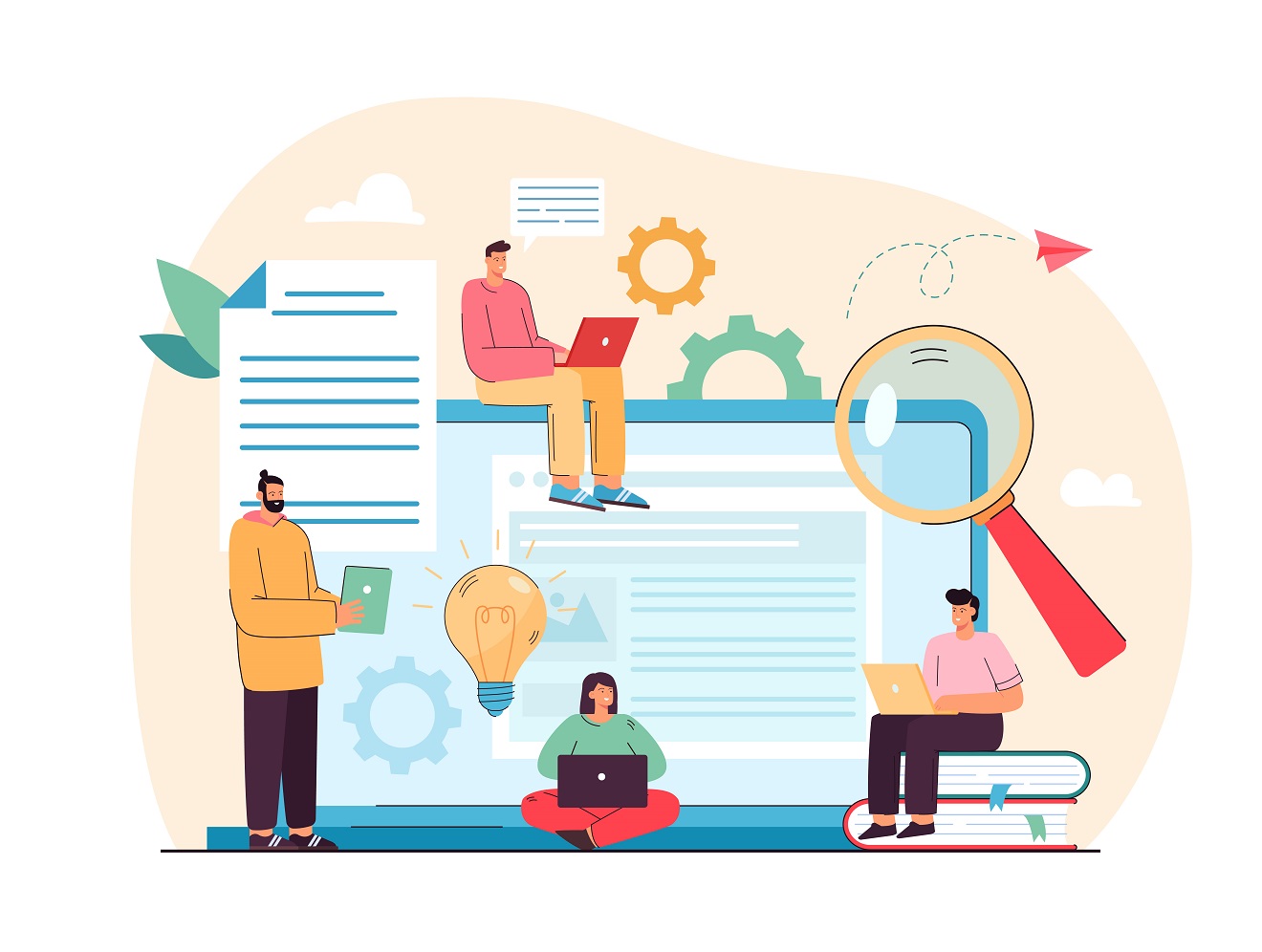
How to Improve Loading Speed of Your Website?
6 minutes | Word Count: 1151The performance of a site has always been an essential criterion to increase its traffic and improve the user experience. However, it has become even more important since the loading speed is taken into account for positioning in the search engines. This article will tell you why you need to improve your website loading speed and how to get there.
Why Improve the Loading Speed of your Site?
Improve Visitor Retention
The loading speed of a site is the first impression given to the visitor. At a time when everything must be instant, even on mobile, the user does not wait any more. If your site takes too long to load, it is likely to leave the page to return to its search, which will increase your bounce rate. Studies have shown that 47% of users expect a page to load in less than 2 seconds and 40% of users will close a page if it takes longer than 3 seconds to appear. Decreasing the loading time will help retain the user longer, increase the number of conversions (purchases, registrations) and to give a positive image to your brand. Thus, the visitor will be more inclined to return to your pages.
How to Improve the Loading Speed of your Site?
There can be many factors responsible for the slow website speed. That may include, images and code files too heavy, a lack of performance of the server, inappropriate web hosting, etc. Here are some tips to reduce the loading time of your pages.
Optimize your Images for the Web
The weight of images is one of the main causes of slow loading of a website. Before posting an image on the web, you should consider the following things:
- Check that it has a resolution of 72 dpi (pixel / inch) or select “Save for the Web” in image editing software (Photoshop or Gimp),
- Choose a picture format compatible with the web: JPEG for photos, PNG for transparency effects, GIF for animations,
- Reduce the size of the image, preferably via your CMS (automatic generation of thumbnails), software or tool online and not via CSS code for better quality,
- Compress the image using online tools such as Compressor, ezGif, TinyPNG, Image Optim or, in the case of a WordPress site, by installing plug-ins such as Image Optimizer, Imagify, Smush.
Ideally, the weight of a web image is between 50 and 500 KB.
Another solution for a shorter loading time when you want to tackle the design of your site: use the method of CSS Sprites, which is to combine multiple images into one and select only the area to display.
If your pages contain a lot of images, you can also use asynchronous loading (Lazy Load) to display them only when they are visible on the screen. Paradoxically, the use of Lazy Loading is not recommended for SEO since all search engines are not able to execute JavaScript codes.
Reduce the Weight of your Code Files
If slowness is not related to the weight of your images, it may be your code that is causing it. Here are 3 steps to lighten your HTML, CSS and JS files.
- Minimize your codes: To minimize your files, remove spaces, line breaks, comments, and block separators in the code. If you have a WordPress site, you can install the WP-Minify or Autotomize plug-in to reduce your codes automatically. You can also do this via online tools (Minify, Compress my Code) or directly from your preferred development software.
- Group your files: Better load a file of 50 KB rather than 5 files of 10 KB. So do not hesitate to gather all the CSS codes in the same file and to do the same for the files JS. Note that this is not necessarily true with HTTP2. Unlike HTTP, which can only load a defined number of files in parallel (between 2 and 8), HTTP2 is not limited. In this case, the loading of several small files may be more advantageous than that of heavy files.
- Compress your files: Enable GZip compression to get up to 70% lighter code files. This compression system is supported by most modern browsers.
Choose an Adapted Accommodation
Unsuitable accommodation can also affect your loading speed. To host your site, several solutions are available to you:
- Shared Hosting
Your site is hosted on a server and shares the same resources (memory, processor and bandwidth). This is the cheapest hosting (less than 3 € / month) and the easiest to use since the environment is already installed. However, if one of the sites hosted is faulty, your site is exposed to the risk of server crash or hacking. The same is true if another site hosted on the same server that you generate a lot of traffic, your site may be slow because the server will have to work more to cash all these visits. In any case, do not be worried if you go to a reputable provider, the risks of hacking or loss of performance due to other sites are now well under control. The shared hosting Ideal for low traffic websites with standard needs (LAMP: Linux, Apache, MySQL, PHP).
- Virtual Hosting or VPS – Cloud
Your site is hosted on what is called a Virtual Private Server (VPS). This virtual server has its own operating system and shares the resources of a physical server with other VPS. Unlike shared hosting, resources are reserved for each VPS. For a measured cost, you can configure your hosting as you wish. However, virtual hosting also exposes to risks in case of crash of one of the virtual machines. This type of hosting is intended for websites with heavy traffic or specific needs (videos, large disk space, RAM or CPU resources, specific libraries, specific applications, etc.). Note that more and more hosts offer both shared hosting and VPS hosting.
Cloud hosting has also emerged in recent years. Unlike the VPS, the cloud has clones on different servers that allow it to be highly available. In case of failure of the first server, one of the clones can take over.
- Dedicated Server Hosting
The dedicated hosting allows your site to be alone on a physical machine. You are not limited in configuration level or hardware level (except for server capabilities). However, it is much more expensive and requires strong technical expertise in systems and networks or a competent service provider. This type of hosting is recommended for e-commerce sites requiring a very high availability of the machine or those who must secure the data. It includes professional dedicated servers, budget dedicated servers, game servers, etc.
It’s up to you to choose the most suitable accommodation for your site.
Make an Appointment with an SEO Expert
After adapting all our tips, you should notice a fundamental change in the loading speed of your pages. However, improving the performance of your site requires computer skills. If necessary, contact an SEO expert to detect sources of slowness of the website and define the actions to take.
One thought on “How to Improve Loading Speed of Your Website?”
Comments are closed.
























These are all really great tips for speeding up a site. It basically comes down to tightening and cleaning up your code, making sure nothing is getting in the way. A few little tweaks can make a big difference.